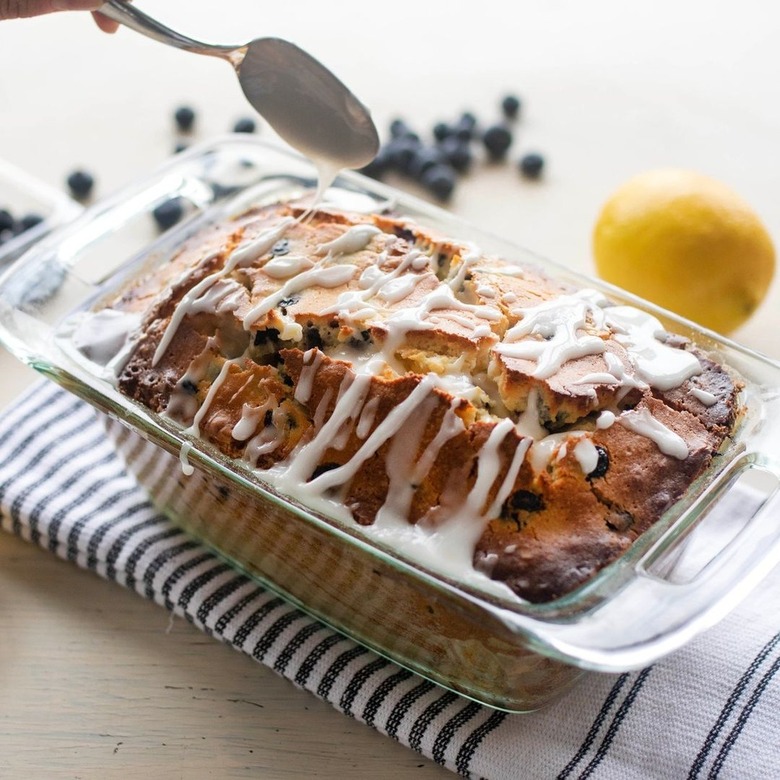There Is Actually A Big Difference Between PYREX And Pyrex
If Pyrex dishes are staples in your kitchen, you might want to check the labels. As it turns out, not all Pyrex cookware is equal — and the difference can determine how safe it is to use in your kitchen.
Basically, there are two types of Pyrex: PYREX (in capital letters) and pyrex (in lowercase letters). According to Chef Pam, also known as The Scaredy Cat Gardener on Instagram, PYREX is sold in Europe, Africa, and the Middle East, while pyrex is sold in the United States, South America, and Asia.
The original version was PYREX, created by Corning Inc. It was made of heat-resistant borosilicate glass, which can easily go from hot to cold and cold to hot without breaking. However, about a decade ago, the company sold out licensing for pyrex. As a result, pyrex was not made of a tempered glass — which shatters (read: explodes) more easily.
That being said, if your dishware has PYREX on the back, it's safer to use between shifting temperatures.
As for pyrex? You can still use it in the kitchen, of course, but you'll want to be extra mindful of how you do it. Avoid extreme temperature changes, like taking out the dish from the refrigerator and immediately putting it in the oven. Instead, let it reach room temperature first.
If you don't want to risk it, consider using pyrex containers for storage purposes only.
How to stop Pyrex from shattering:
Whether you're using PYREX or pyrex, it's still a good idea to use caution during cooking.
Here are safety tips for using Pyrex dishware at home:
- Preheat your oven before putting Pyrex inside
- Never use Pyrex cookware directly on the stovetop
- Don't add liquid to Pyrex that's already hot
- Let hot dishware cool down before putting in the refrigerator or freezer
- Avoid immediately rinsing hot dishes
- Don't heat empty dishware in the microwave
Safety first!
